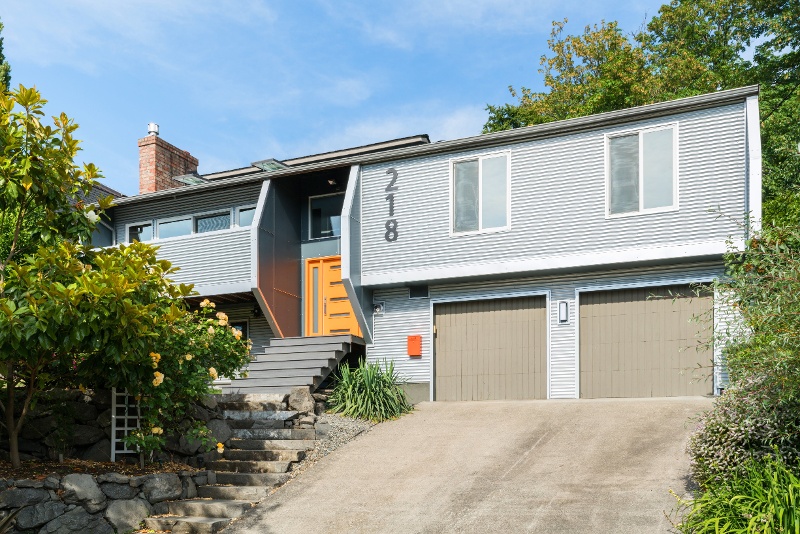5 Best Siding Choices for Houses
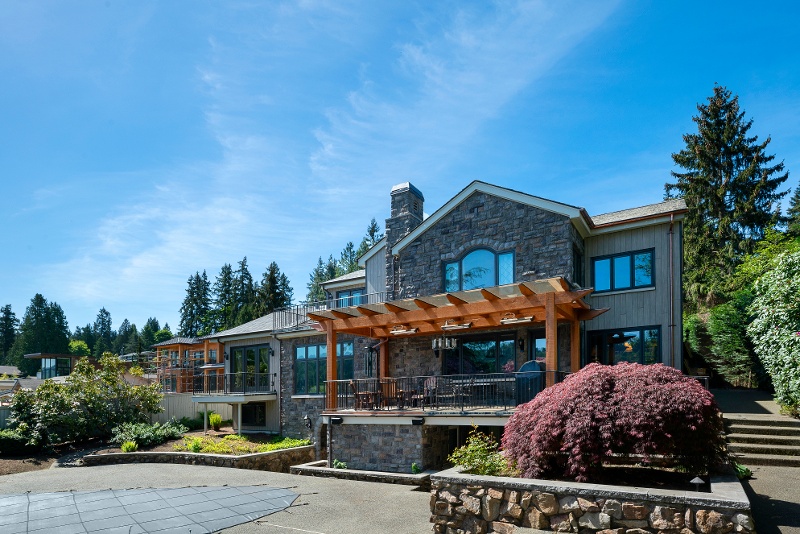
5 Best Siding Choices for Houses
Whether it’s because your house needs some curb appeal help, it’s leaking or you are building a new home you’ll need to consider what type of siding to use. As you will see below there are many exterior siding options to consider.
Siding isn’t just what gives a house its look. It’s also the exterior envelope that protects what for most people is their largest investment. These days there’s a lot of choices and of course, they all have their pros and cons when it comes to balancing the aesthetic with the durability, level of maintenance and of course cost.
Vinyl Siding
| Cost | Durability | Maintenance | Detailing |
| Mat/labor/square ft | 1 = Low / 5 = High | 1 = Low / 5 = High | 1 = Easy / 5 = Complicated |
| $3-8 | 3.5 | 1 | 2 |
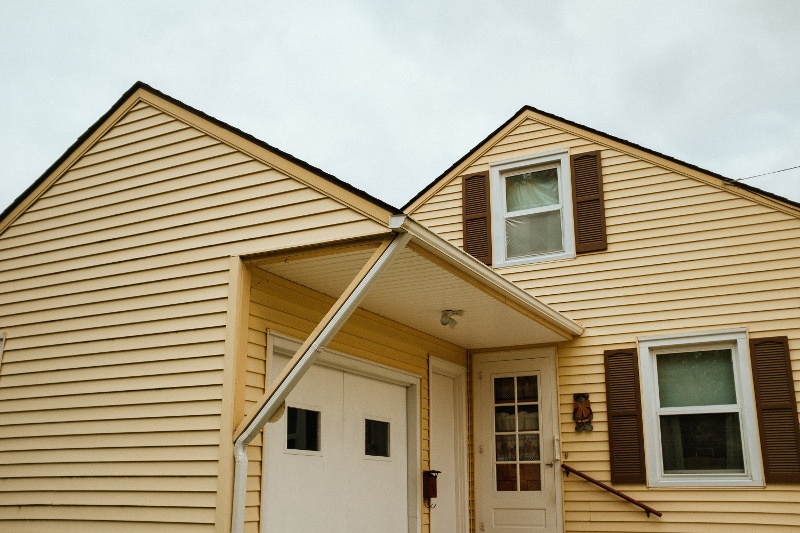
While Synapse Construction does not install vinyl or necessarily recommend this material, it has its place. Vinyl siding is the most widely used siding in the US. Not only is it popular with production builders due to its price and relative ease of installation it has also been a popular way to cover up higher maintenance sidings like cedar rather than pay for the upkeep.
Vinyl siding products have expanded over the years and come in many different colors and profiles. Unfortunately, it still looks like plastic masquerading as wood in most cases. For those on a budget, Vinyl delivers low install cost per square foot and low maintenance and thus a low cost of ownership.
Some of the problems that we’ve seen with vinyl are:
Heat warping
We’ve seen vinyl siding warp where the sun is being reflected off of a neighboring house’s window heating up the vinyl and ultimately melting it causing it to warp. We’ve also seen numerous barbeque heat warped vinyl sidings.
Matching up siding that’s years old.
When it comes time to add a window or room for that matter it can be very difficult to match the vinyl profile or color or both if it’s been some time since the original vinyl siding install. Colors go in and out of style and you may be out of luck.
Wood Siding
| Cost | Durability | Maintenance | Detailing |
| Mat/labor/square ft | 1 = Low / 5 = High | 1 = Low / 5 = High | 1 = Easy / 5 = Complicated |
| $7-25 | 2 | 4 | 2 |
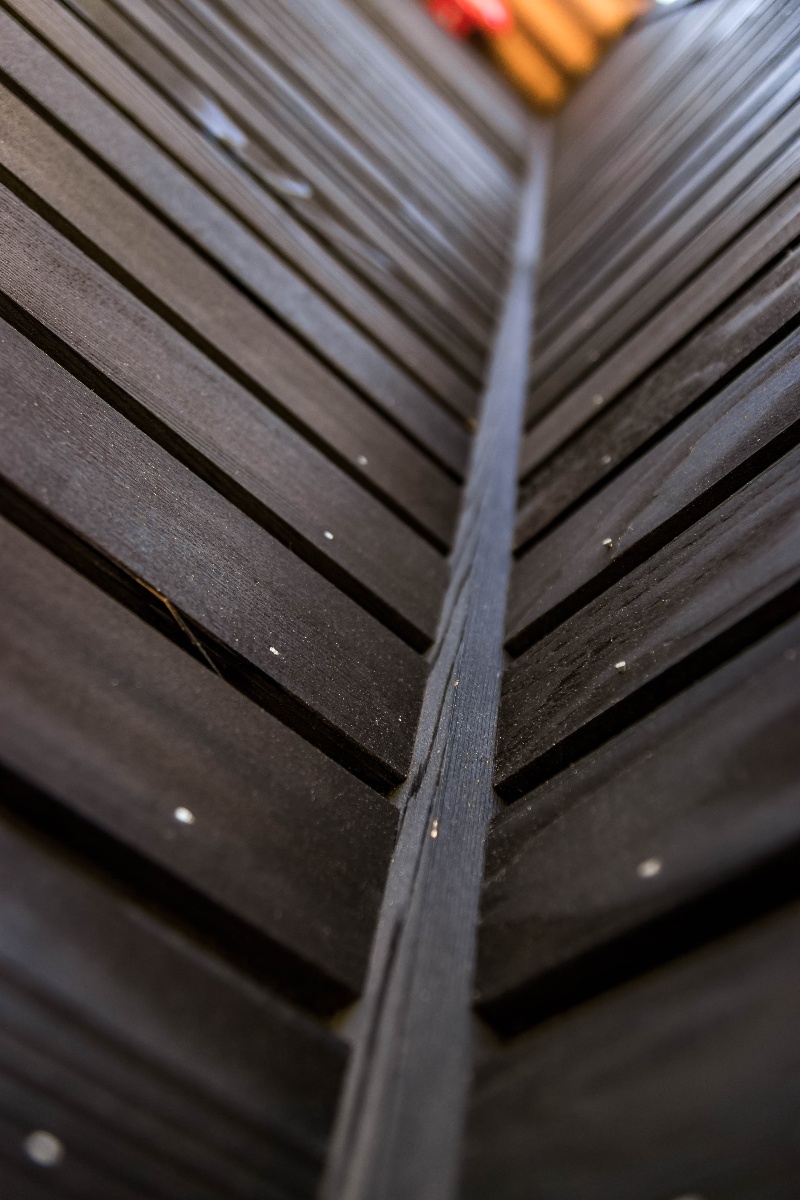
Wood siding has been used in the PNW forever and will likely continue to be used for a long time. The versatility and natural warmth of wood is what makes it such a perfect material to use for just about any architectural style. Real wood siding can be found on modern to victorian buildings and everything in between.
Not all wood species are appropriate for exterior use. Western red cedar and douglas fir siding is what you’ll find in the PNW for the most part. However, there are some new wood species making an appearance. Those include treated softwoods like Accoya and the Japanese “cedar”, cypress.
The Accoya is a treaded sustainable softwood, that after treatment exhibits the durability and dimensional stability of hardwood. Cypress is the “cedar” of Japan and we’ve used it with its traditional finish of shu sugi ban or charred finish. Those are two relatively new types of wood sidings that have entered the PNW scene, but the traditional wood sidings still look great as well.
For off the shelf profiles, there’s plenty of wood siding types to choose from:
- Board and batten (& reverse board and batten),
- Bevel siding
- Clapboard
- Shingles
- Tongue and groove
- Shiplap
- Channel siding
Most of the “off the shelf” wood siding options listed come in many different sizes which multiply the design opportunities available when considering wood siding. No wonder wood siding has been a popular choice over the years for architects, designers, and homeowners.
In addition, wood siding can be milled in just about endless ways. This could be as simple as having a V-groove added to bevel siding to creating a completely custom profile that is specifically shaped to create a unique exterior texture.
Another unique feature of wood siding is that it can be finished with a transparent or semi-transparent stain that allows the character of the wood itself to be expressed. This “look of wood” is why wood has remained the go-to siding option over composite products.
If you want a stained wood look, there’s really no substitute for using natural wood. Of course, wood can also be finished with paint. If you plan to paint, using a composite material like fiber cement is a much better option due to durability and maintenance which we’ll get to later.
With all the beauty, warmth and character wood siding can bring to a home’s exterior look, there is a downside. Wood requires maintenance, especially in a climate like we have here in Seattle. When considering wood siding one should factor in the cost of ownership.
Depending on the application and exposure of your house to the weather, wood siding can be costly to maintain but equally as necessary to protect your investment. For this reason, wood siding is usually used for home siding rather than commercial buildings which have more of a return on investment emphasis when it comes to material choices for the exterior siding.
Fiber Cement Siding
| Cost | Durability | Maintenance | Detailing |
| Mat/labor/square ft | 1 = Low / 5 = High | 1 = Low / 5 = High | 1 = Easy / 5 = Complicated |
| $5-25 | 4 | 1 | 2 |
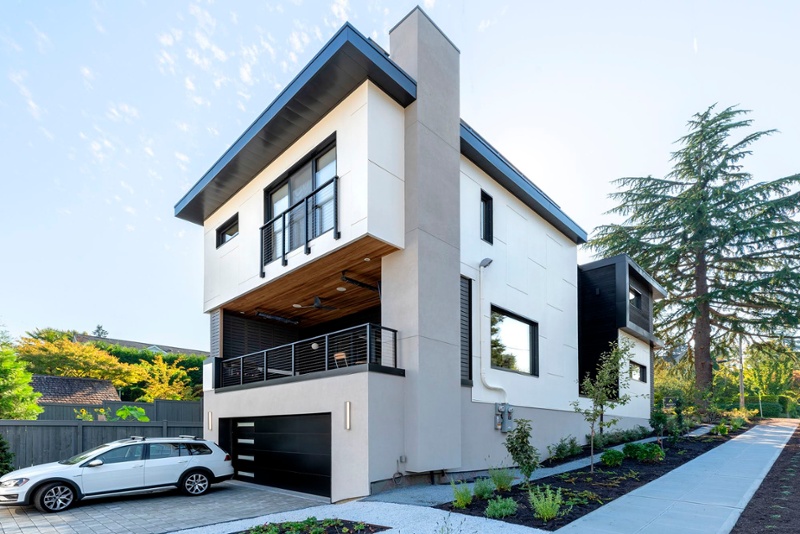
Fiber cement siding is another popular siding in the PNW and elsewhere in the US. As with wood siding, fiber cement has a range of costs depending on the manufacturer, the format used and accompanying accessories. Also, fiber cement is fire resistant and doesn’t have the thermal instability that vinyl does.
Probably the most well known and affordable fiber cement siding option is James Hardie’s line of standard thickness fiber cement plank (lap siding) and panel. These products, while not as cheap as vinyl, are a good value when a painted finish is the goal. The products come pre-primed and hold paint very well so the maintenance costs are much lower than wood.
The fiber cement panels that are being used on just about every townhome in Seattle are also a good value for a low maintenance finish if you like that look. However, with the panels, there are mandatory metal trim accessories that can drive the cost up significantly especially if the panels are milled down to smaller custom sizes.
Therefore, most multifamily projects with this type of fiber cement use the panels in the largest sizes possible in order to minimize this cost. This cost control ends up value engineering out more interesting facades.
James Hardie also has a line of plank and panel products that mimic some of the more popular wood siding profiles and are thick enough that mitering the outside corners is possible. The cost of this material is more and starts to approach the cost of some clear cedar siding options but when the much lower cost of maintenance is factored in its an attractive option for those seeking a painted finish.
James Hardie also offers a pre-colored option called Color Plus. This option can be great for projects taking place in inclement weather or for those that don’t want to deal with having site painting done.
There are many other fiber cement manufacturers out there that are mostly used in commercial construction but have been finding their way into the high-end residential market. Some examples are:
- Swiss Pearl
- Cembrit
- Equitone
- Ceraclad
- Nichiha
- and many more
Those manufacturers all have variations of their siding offerings, but the common theme is they are typically integrally colored products with denser/heavier material, meaning you don’t ever paint. It also means you have to pick your colors/textures wisely because you will be living with them for the long haul.
Some are set up to weather like a natural product. Some manufacturers offer things like anti-graffiti coatings. With some manufactures, you might get more size options which allow for more design flexibility as well as material utilization.
These “upper shelf” fiber cement siding options also require a more sophisticated installation and come with a price tag of 5-10X the James Hardie or similar products.
Composite Materials
| Cost | Durability | Maintenance | Detailing |
| Mat/labor/square ft | 1 = Low / 5 = High | 1 = Low / 5 = High | 1 = Easy / 5 = Complicated |
| $10-30+ | 4 | 1 | 3.5 |
Although we consider fiber cement to be a composite siding material, we have separated above because of the number of options available and its growing popularity as a house siding.
There are many other great composite siding materials to consider as well that don’t fit into the fiber cement siding subcategory but offer some of the same benefits like:
- Low maintenance
- Termite resistance
- Pest resistance
- Fire resistance
- Hidden fastener systems
- And more
Some composite exterior sidings we have used are Parklex, Trespa, Metal sidings, Boral, Aluminum composite panels, aluminum siding, and engineered wood sidings like LP smartside, to name a few.
Typically composite siding materials are going to be more expensive upfront but offer a lower cost of ownership because of their low maintenance properties. Most of these sidings are primarily used in the commercial market, just like foil blanket technology which was developed by NASA and is now used by earth-bound outdoor adventurers.
These highly durable, low maintenance materials developed for commercial buildings are finding their way into the home exterior sidings market. Some composite manufacturers have even gone so far as to develop new siding product lines specifically targeting the home exterior market like Trespa’s Pura product.
The few downsides to choosing composite sidings for your home are:
Unproven Materials
There are new products coming out all the time and you may be tempted to use a product that has not stood the test of time yet and could result in an expensive mistake. It’s best to use time-proven products when it comes to the exterior of your home.
Installation
Also, many of the composite siding types available require more sophisticated installation methods and more meticulous detailing to ensure the long-lasting benefits that were likely a consideration.
Thus many of these types of siding do not lend themselves to the DIY homeowner. And for some homeowners, the proverbial juice may not be worth the squeeze when it comes to that initial cost versus other siding types like those mentioned above.
Masonry Siding
| Cost | Durability | Maintenance | Detailing |
| Mat/labor/square ft | 1 = Low / 5 = High | 1 = Low / 5 = High | 1 = Easy / 5 = Complicated |
| $10-50+ | 4.5 | 1 | 4 |

Masonry siding is one of if not the most durable siding available and offers what I would describe as a very “confident” look and feel (think 3 little pigs). In construction, there is a rule of thumb that the more something weighs the higher the cost and masonry siding is heavy and no exception to this rule.
Masonry siding products traditionally included brick, stone, slate, marble and stucco siding. Now there are many more options available. Some of the more recent masonry siding options coming out are actually fiber cement products that are designed to have the look of masonry without the weight, difficulty of installation and high cost that comes with the traditional masonry options. Other lighter weight masonry options are veneers. You’ve likely seen stone or brick veneer siding on a home and didn’t it was a veneer.
These “lightweight” options can have the look of fake stone but manufacturers have been making improvements and blurring the line between natural stone masonry siding with manufactured masonry siding. Some benefits of masonry siding as a whole is its low maintenance and durability.
The flipside to its durability benefit is that it can remain on a house so long that when that house gets remodeled it can be close to impossible to match and removing and replacing masonry is quite expensive. Other drawbacks are its weight, difficulty to install and high cost. With more and better faux masonry products as well as lighter weight masonry veneer products the cost should come down over time.
House Siding
As with anything home improvement related the product you choose for your home siding will only be as good as its installation. Following the manufacturer’s installation instructions is the best place to start when installing the products, we have highlighted above. Also following best practices for your particular climate zone to ensure long term performance for your specific conditions.
Some best practices Synapse Construction implements in the rainy Seattle area for our home siding customers are using rain-screen systems, drain planes or enhanced drainage house-wraps as well as high-performance building papers, liquid applied flashings and metal flashings to manage the constant borage of water that we love to complain about but keeps our area beautiful.

